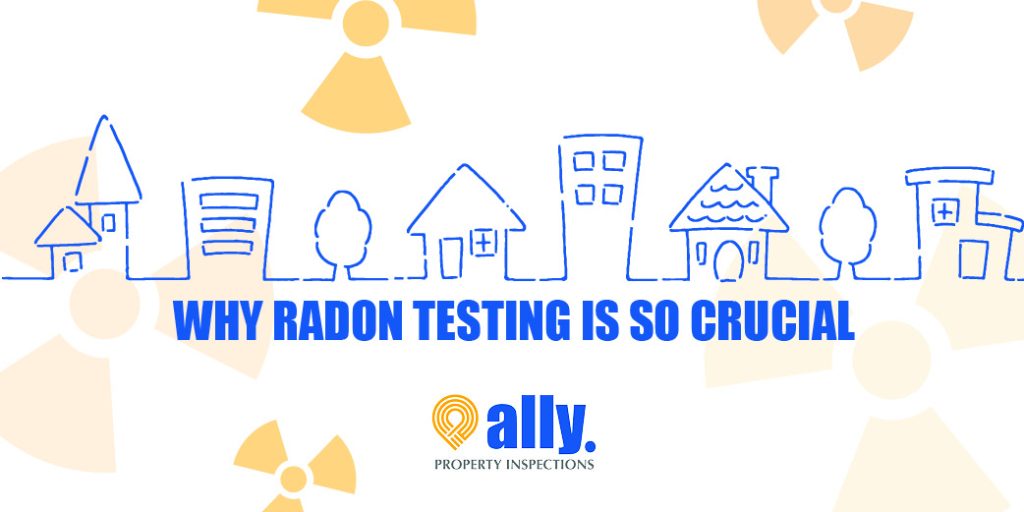One of the priorities that homeowners should make is to ensure that their house is radon-free.
Radon is a gas made up of lead and polonium, both of which are harmful to humans in high concentrations. It is a radioactive gas that is colorless, odorless, and tasteless and is produced by the decomposition of radium in the earth’s crust. While radon gas leakage is a natural occurrence, it may be fatal when it occurs in a confined space such as a cave, mine, or residence. Even in non-smoking families, long-term exposure to higher levels may result in lung cancer. Radon poisoning is the second greatest cause of lung cancer, accounting for about 21,000 fatalities per year.
In contrast to carbon monoxide, there are no early warning signs of radon poisoning, such as flu-like symptoms. There are, however, radon level monitoring technologies that can assist homeowners in detecting the levels in their houses. Although home kits are available, a professional inspector is required to determine where possible radon seepage is occurring and how to prevent it from increasing. A comprehensive house inspection can reveal leaks, cracks, and gaps around plumbing and where to fix leaks and fractures in the foundation and walls. These types of measures can significantly limit radon gas buildup.
Radon buildup is particularly common in poorly ventilated regions of the home, such as the basement. Radon gas particles are more likely to be present in well and seepage water. In general, surface water will not contain a significant amount.
What Are the Symptoms of Radon Gas Poisoning?
You will not experience radon poisoning symptoms straight away. Instead, health consequences caused by the exposure, such as lung cancer, manifest years later.
Lung cancer may begin as a persistent cough, shortness of breath, or wheezing. Other symptoms include coughing up blood, chest discomfort, and weight loss without trying. Call your doctor if you detect any of these symptoms.
There are no routine medical tests to determine if you have inhaled too much radon. There are no therapies that will remove it from your body. However, if you believe you have been exposed, see your doctor about whether you should have testing to look for lung cancer indications.
How to Deal With Possible Exposure
If you believe you have been exposed to radon gas, you must see your doctor immediately for testing. Because radon gas degrades so quickly inside the human body, no tests are presently available to identify its presence. When you go to your doctor to discuss your worries, you will almost certainly be tested for the existence of lung cancer.
If you suspect your house has dangerously high radon levels, you must immediately call a professional radon gas testing firm to analyze your home’s levels. If your test results show the presence of this deadly gas, we can install radon mitigation devices to restrict your and your family’s exposure.
Conclusion
Radon gas is a silent killer, and if left untreated, it can lead to lung cancer. In order to protect your family, you should ask a professional residential inspection firm to inspect your home. Even if a test reveals your house is free of radon gas, you should perform further testing every one to three years.
Ally Property Inspections provides top-quality services for home inspections in Birmingham, AL. Our professional home inspectors will ensure that your home is safe and up to standard, all for affordable prices. Reach out today to schedule an inspection!


